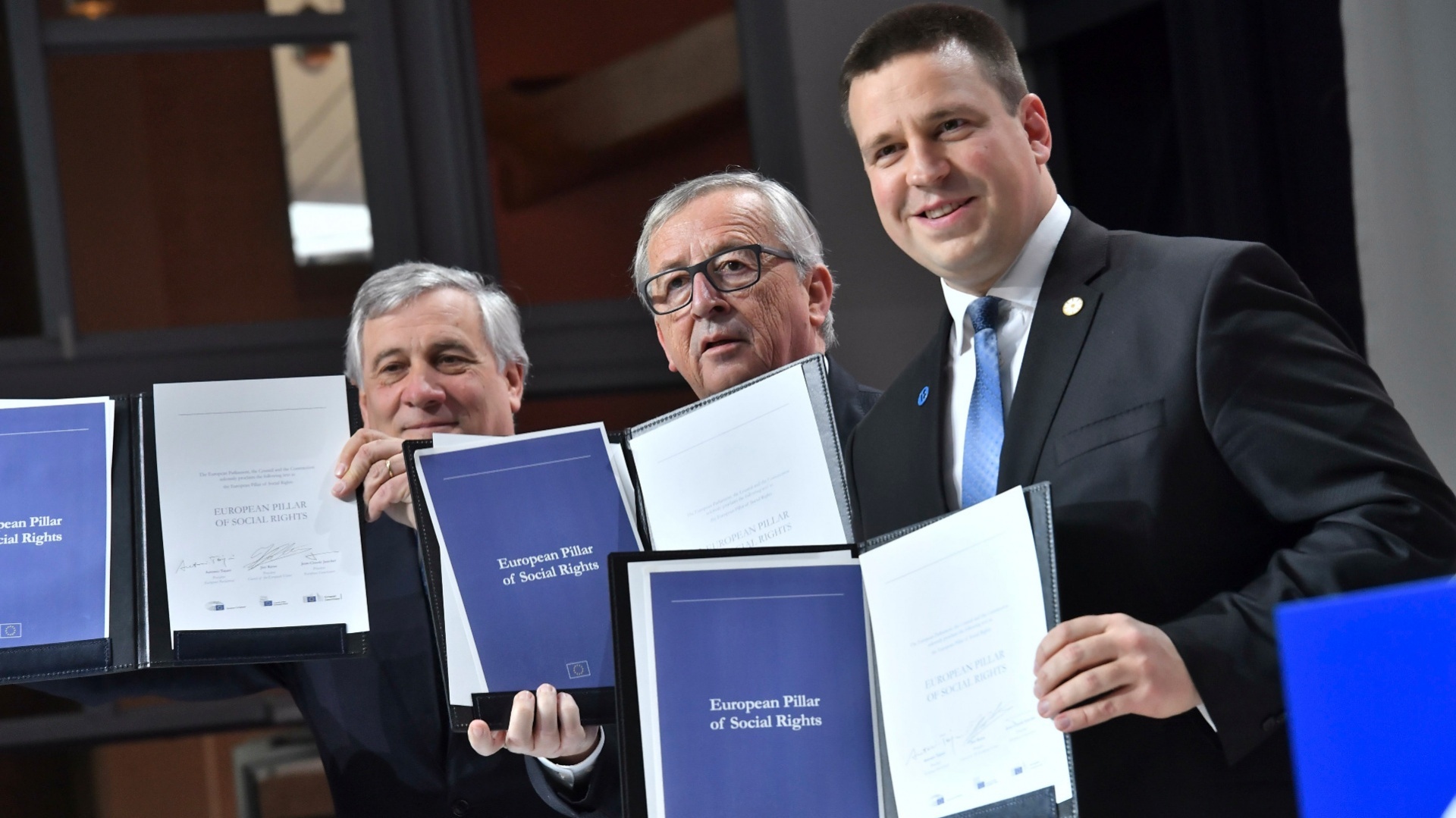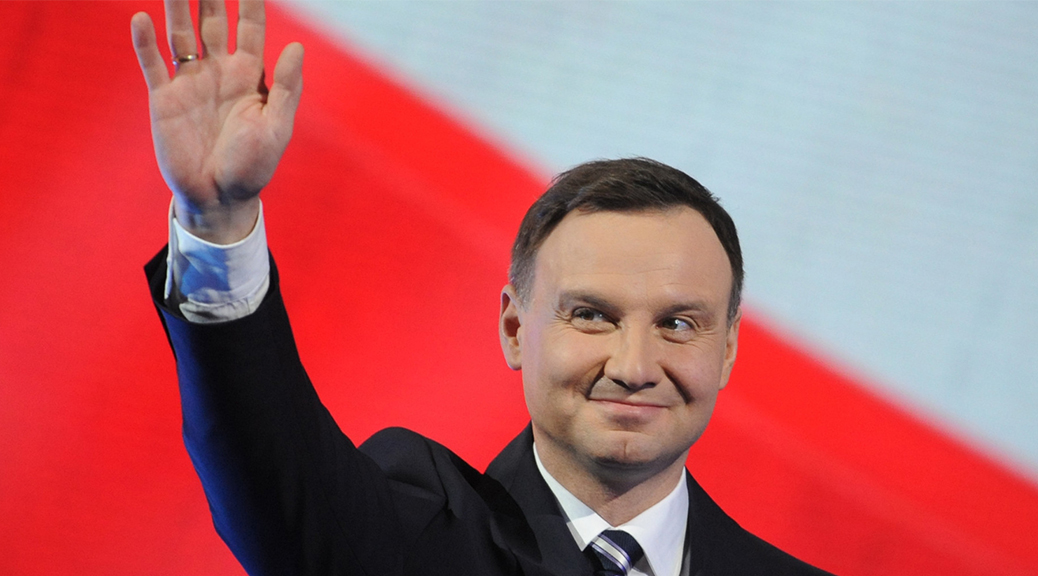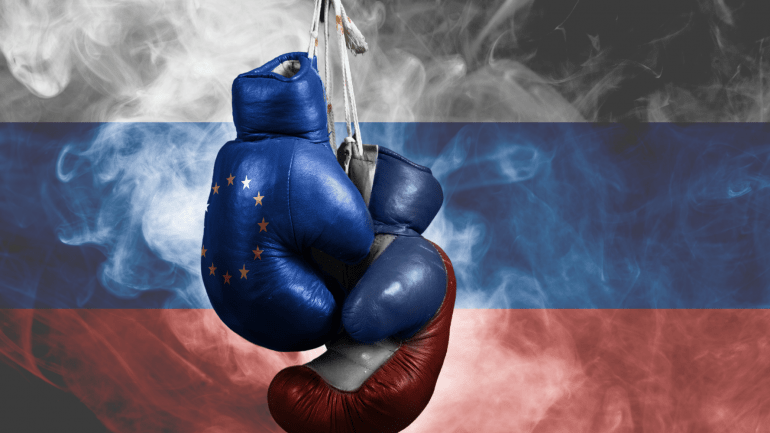
[dropcap size=small]Onthe 17th of November, the EU member states met in Gothenburg, Sweden for a social summit. Even though the member states agreed upon a so-called ‘European pillar of social rights,’ outlining several principles to regulate the European job market, the real value of the summit could be doubted.
Even though it was the first summit to address social issues since the Jobs Summit on the 20th and 21st of November 1997 in Luxembourg – a full twenty years ago – the EU social summit in Gothenburg has largely remained below the radar. Still, the summit resulted in the adoption of a ‘European pillar of social rights.’
Among the principles agreed upon are the intention to provide fair wages and working conditions, provide paid parental leave and equal opportunities and equal pay for men and women (for the full program see https://ec.europa.eu/commission/priorities/deeper-and-fairer-economic-and-monetary-union/european-pillar-social-rights/european-pillar-social-rights-20-principles_en). Even though the text is deliberately very vague with many phrases such as, “Workers have the right to fair wages that provide for a decent standard of living,” the platform is very promising in principle.
Nonetheless, the non-enforceability of this declaration hinges on every country adhering to its terms and conditions, without any penalty for ill-behaviour. As such, its status accounts to nothing more than a mere symbol. Maybe even more telling was the fact that the German Chancellor Angela Merkel did not even bother to come, since she was too busy forming a government at home. That Merkel – alongside French President Emmanuel Macron one of the main champions for a stronger European Union – did not attend this summit, goes a long way to dismiss its value.
Still, the President of the European Commission, Jean-Claude Juncker, has made a Social Union one of his latest pet projects. At the end of the summit, Juncker proudly proclaimed that the European pillar of social rights “isn’t a poem, it’s a programme. Initially a programme with intentions, later to become a programme with actions”. Yet, it could be asked whether the programme will ever reach its final stage. After all, during the previous social summit in 1997, it was agreed upon to hold a social summit once each year and the next one only took place twenty years later.
The reasoning behind this summit could simply be explained as an attempt to show the social face of the Union. After all, most Europeans know the EU as an institution determining the political and economic framework for the member states. With this summit and the new ‘European pillar of social rights,’ the European Union attempts to add a social face in order to form a renewed connection with its day-to-day members.
After all, not that long ago, the Union was in troubled waters – the 2008 recession had deeply left its marks on Europe with Spain, Italy and Greece defaulting on their debts, and Greece even threatening to leave the Union, the refugee crisis leading to a controversial deal with Turkey, and of course, last but not least, the Brexit.
The Gothenburg summit could thus be seen in the light of the renewed start and vigour of the Union. However, for the EU to have a newer, more positive image, this social summit was only a very tiny step. To convince its citizens of a newfound zeal and determination, the EU has to come with some tangible platforms that are enforceable and thus set some clear benchmarks for the member states and its citizens.



